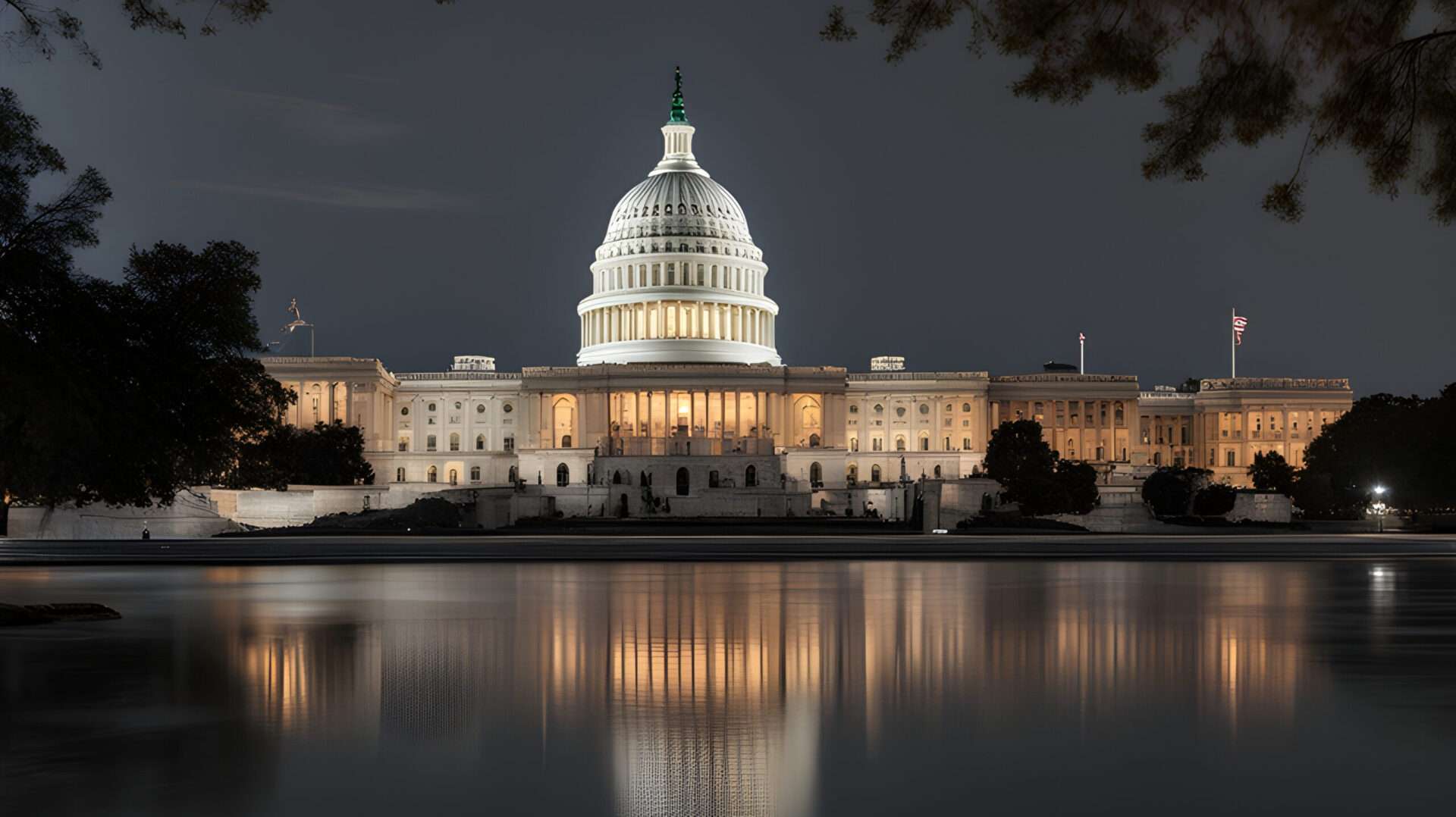Note: Political Awareness’s published communication is never authorized by any candidate or their committees.
The Fight for 15: The Struggle for 15th Amendment Voting Rights
The 15th Amendment is a massive achievement in American history. It ensures that no citizen can be denied the right to vote based on “race, color, or previous condition of servitude.” Although the Amendment was ratified in 1870, the Fight for 15th Amendment voting rights, especially for Black Americans, continues today. From the moment it was proposed, throughout the centuries of voter suppression, to the current-day debates about election accessibility, the Fight for 15 has never really stopped.
The Ratification of the 15th Amendment
When the 15th Amendment was introduced, its ratification faced serious opposition. Before its passage, the 14th Amendment also underwent a fierce fight to pass. It granted citizenship to all people, regardless of race. This new Amendment, aimed at granting voting rights regardless of race and drew even more backlash. Many politicians were afraid of the political change that would take place if people of color were allowed to vote. It took intense pressure from Radical Republicans and Abraham Lincoln’s successor, President Ulysses S. Grant, to secure the ratification of the Amendment. The Fifteenth Amendment says:
“The right of citizens of the United States to vote shall not be denied or abridged by the United States or by any State on account of race, color, or previous condition of servitude.”
This Amendment was passed after the Civil War to grant newly freed Black Americans the right to vote and participate in our democracy. Despite this, the early Fight to get the 15th Amendment added to the Constitution was merely step one. Making the Amendment’s intentions real has taken generations of protest and persistence.
The Loopholes and Setbacks
Even after the Amendment was ratified, many states found loopholes to continue denying Black Americans voter rights and accessibility. Laws like Poll taxes, Literacy tests, and Grandfather clauses were all designed to make it virtually impossible for Black Americans to vote. While these loopholes didn’t directly ban voting for these individuals, in a practical sense, they effectively did, thereby ignoring the Amendment’s purpose. Voter suppression laws like these were on the books for decades.
The Civil Rights Push
In the 1960s, the Civil Rights Movement finally led to real change. The signing of the Voting Rights Act of 1965 finally gave the 15th Amendment enforcement power a full 95 years after it was first ratified. It eliminated previous laws meant to prevent Black Americans from voting and gave the federal government enforcement power to step in and protect voting rights. Although this law was transformative in enhancing voter accessibility, the struggle persists today.
Why the 15th Amendment Still Matters
Today, new laws have revived old concerns, including strict ID requirements, restrictions on early voting, and the mass purging of voter rolls.
Although these laws don’t explicitly mention race, they disproportionately impact Black Americans. Due to historic and ongoing inequalities, communities of color are often hit the hardest. These new laws echo the past suppressions we saw up until the 1960s, just in new forms. The laws may have changed, but the Fight continues.
So, even though the laws look different now, the result is often the same: fewer people of color can vote. That’s why it’s a big issue for voter rights and accessibility.
Conclusion: A Living Fight
The 15th Amendment was meant to ensure every voice is heard in elections. That goal, however, has always been a struggle to achieve. From the post-Civil War period to the present, the Fight for 15 has been about more than just laws; it’s about the ongoing effort to make democratic participation possible for everyone.

Leave a Reply